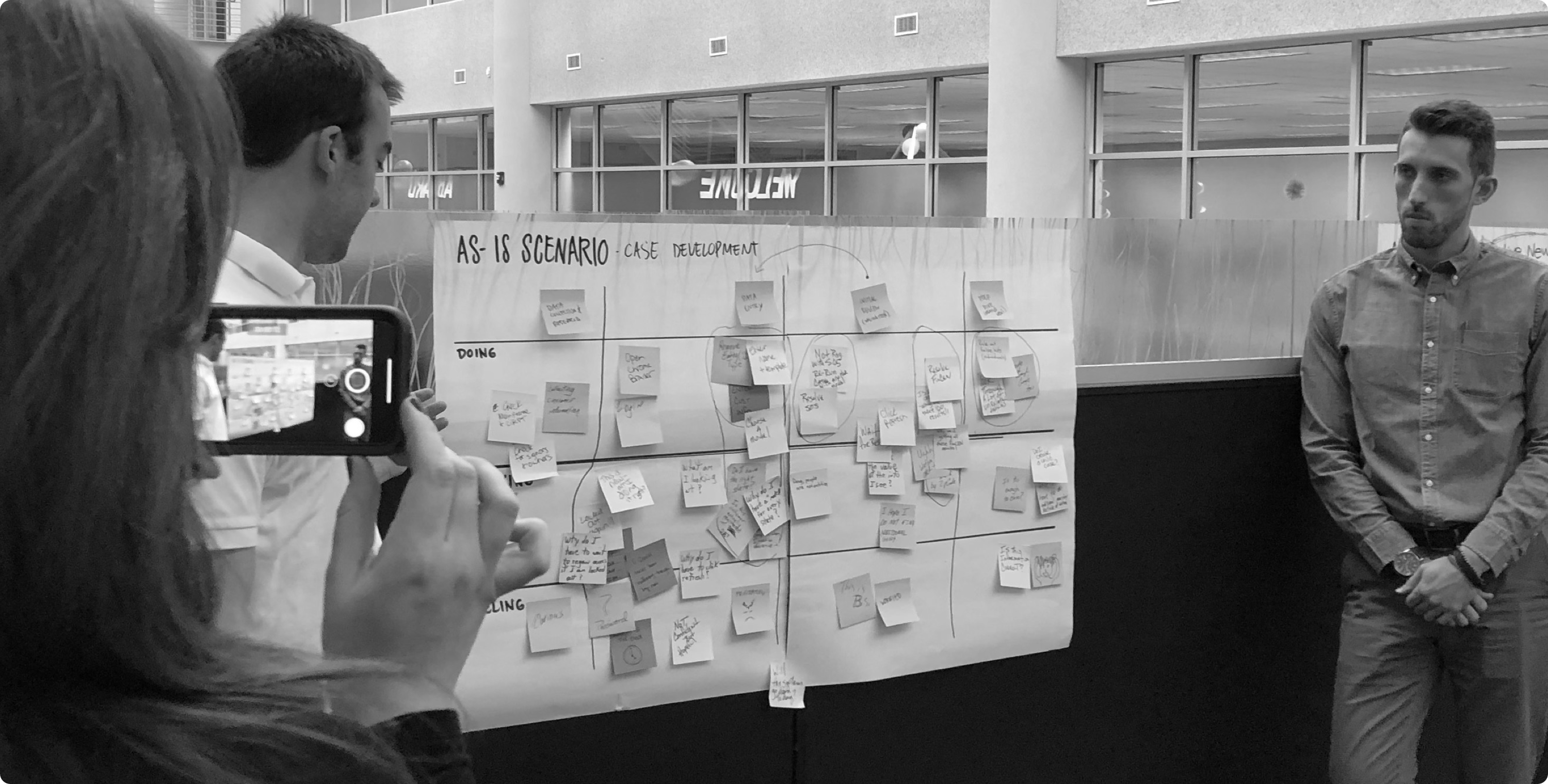
IBM Safer Payments
End-to-end product redesign
IBM Safer Payments is a cognitive fraud prevention solution that uses machine learning and cognitive computing to protect cashless payments from fraud.
ROLE
Design Director – Led assessment of critical UX challenges, user research planning, rapid prototyping and user testing. Drove Carbon Design System element customization and delivery of fully redesigned UX.
TEAM
04 – User Experience Designers
02 – User Researchers
01 – User Experience Developer
Design Director – Led assessment of critical UX challenges, user research planning, rapid prototyping and user testing. Drove Carbon Design System element customization and delivery of fully redesigned UX.
TEAM
04 – User Experience Designers
02 – User Researchers
01 – User Experience Developer

Safer Payments is used by some of the worlds most prominent financial institutions and payment processors, optimizing for higher rates of fraud detection and lower rates of false positives.
—IBM Safer Payments excels at:
• Real-time fraud detection
• AI-enabled rule creation
• Real-time monitoring & model building
Safer Payments was acquired by IBM in Jan. 2016. The acquisition brought a highly effective cognitive fraud detection system into the IBM fold. While technically sound, the product had experiential challenges.
User Experience
—
Despite a technically deep and highly functional product with a strong user base, Safer Payments had not meaningfully evolved its user experience since its inception. User experience-wise, there were numerous usability and workflow challenges to overcome.
—
Despite a technically deep and highly functional product with a strong user base, Safer Payments had not meaningfully evolved its user experience since its inception. User experience-wise, there were numerous usability and workflow challenges to overcome.
Carbon Design System
—
In addition to needing a thoughtfully refreshed user experience, there was also an IBM-wide mandate to adopt the Carbon Design System. The challenge in doing so was that many components were oversized when attempting to replicate the data-dense, efficient, targeted workflow users had come to know and love.
—
In addition to needing a thoughtfully refreshed user experience, there was also an IBM-wide mandate to adopt the Carbon Design System. The challenge in doing so was that many components were oversized when attempting to replicate the data-dense, efficient, targeted workflow users had come to know and love.
Process
—
When the Safer Payments product was acquired, its team came with. Primarily consisting of product managers and engineers, the team never had the opportunity to work with designers before. Collaborating meant we all had to learn each other’s process and co-create what our new normal would look like together.
—
When the Safer Payments product was acquired, its team came with. Primarily consisting of product managers and engineers, the team never had the opportunity to work with designers before. Collaborating meant we all had to learn each other’s process and co-create what our new normal would look like together.
The interface IBM inherited when acquiring Safer Payments needed a complete overhaul. Though users were accustomed to it, our research uncovered huge opportunities to improve. Due to limited capacity the dev team had to make the jump to Carbon without design support and users across the board were highly displeased, some threatening to change vendors.

Legacy UI > Initial Carbon release of Safer Payments
In order to develop a comprehensive understanding of what users were responding negatively to with the new UI we quickly created a three-tier research plan.
User Interviews
—
The backbone of our research plan was a robust one-on-one interview schedule where we could begin to understand universal concerns vs edge cases. It would also provide us insight into each institution and how they needed Safer Payments to perform.
—
The backbone of our research plan was a robust one-on-one interview schedule where we could begin to understand universal concerns vs edge cases. It would also provide us insight into each institution and how they needed Safer Payments to perform.
Contextual Inquiry
—
Complementing our interview schedule was a select contextual inquiry where we were able to spend a few days on-site with a customer, observing their workflow up close. The insights we derived were pivotal in how we shaped the product from that point.
—
Complementing our interview schedule was a select contextual inquiry where we were able to spend a few days on-site with a customer, observing their workflow up close. The insights we derived were pivotal in how we shaped the product from that point.
Usability Testing
—
To balance our plan, we baked in substantial time to reconnect with our interviewees and give them access to prototypes as we were iterating. This allowed us to understand how well we were addressing usability and fine-tune on the fly, per user feedback.
—
To balance our plan, we baked in substantial time to reconnect with our interviewees and give them access to prototypes as we were iterating. This allowed us to understand how well we were addressing usability and fine-tune on the fly, per user feedback.
Safer Payments – Contextual Inquiry & Design Thinking Workshop
![]()


